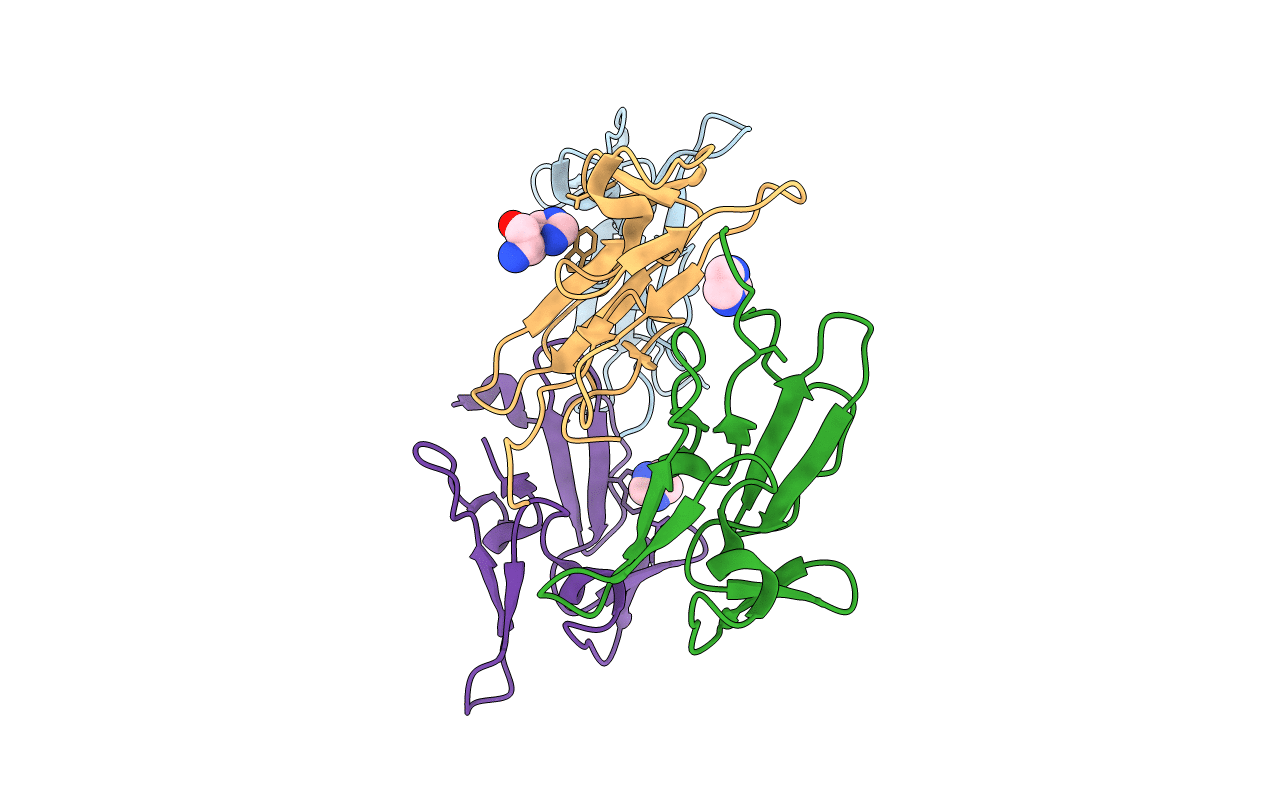
Deposition Date
2002-10-17
Release Date
2003-02-25
Last Version Date
2024-11-20
Entry Detail
Biological Source:
Source Organism:
Plasmodium knowlesi strain H (Taxon ID: 5851)
Host Organism:
Method Details:
Experimental Method:
Resolution:
2.40 Å
R-Value Free:
0.26
R-Value Work:
0.23
R-Value Observed:
0.23
Space Group:
P 1 21 1


